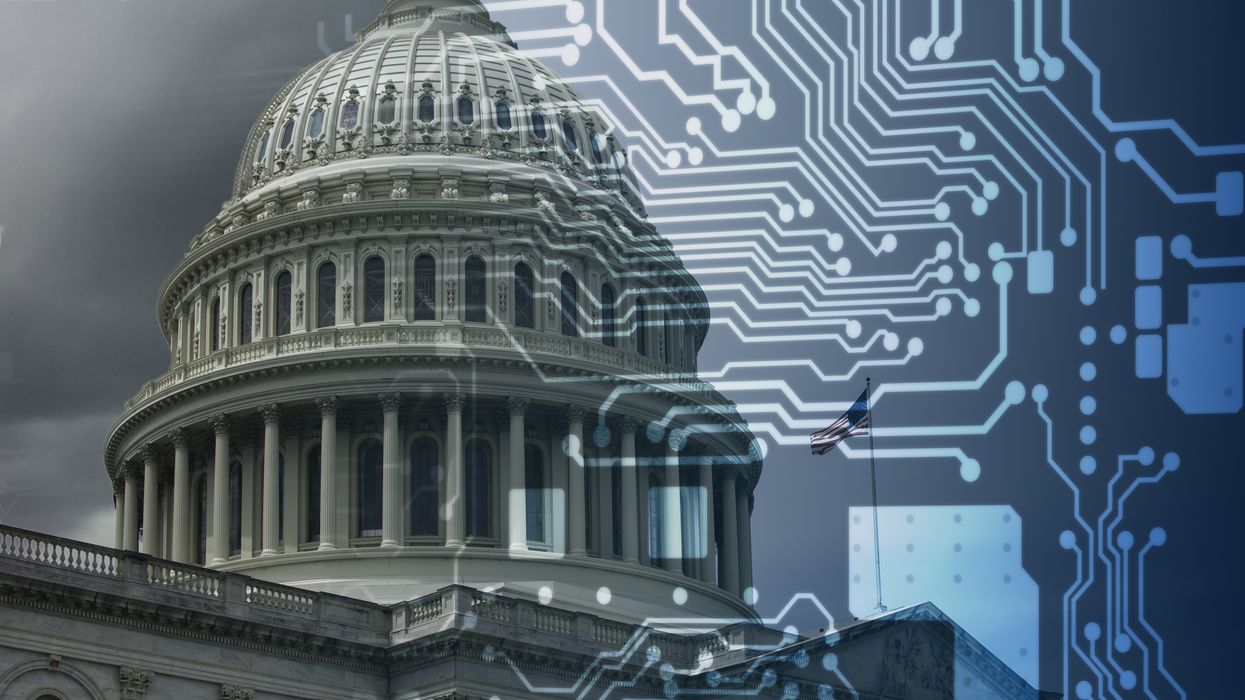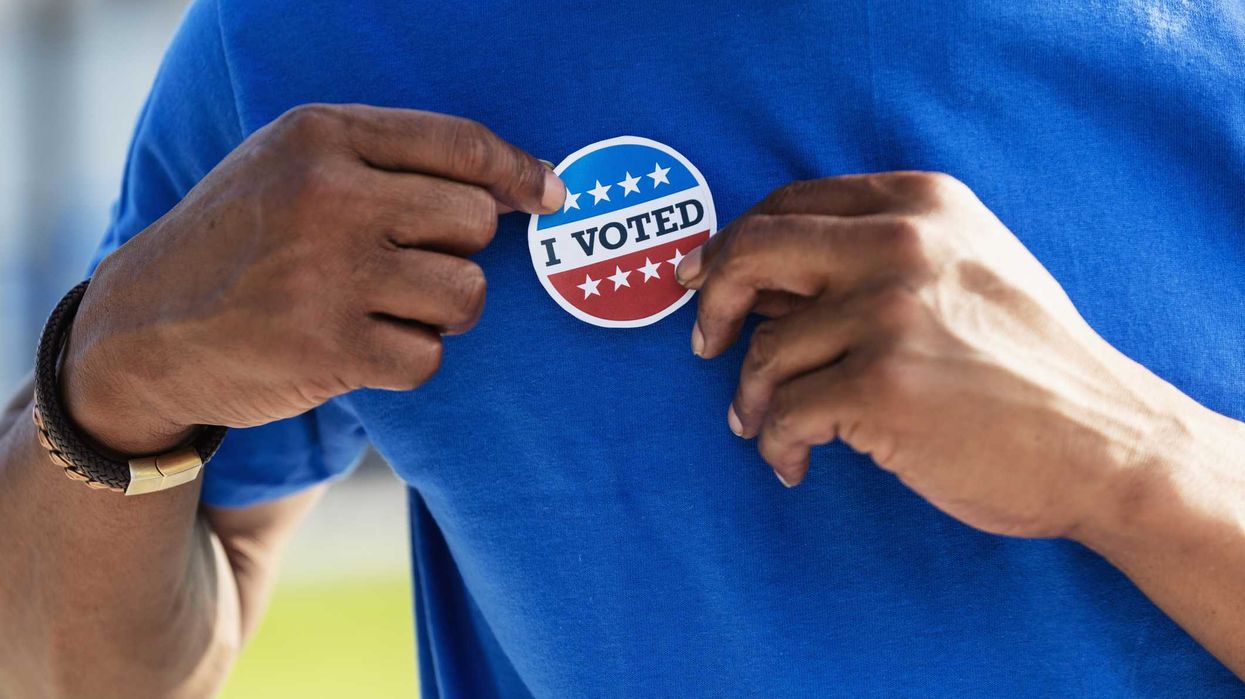There’s a lot of speculation about what Donald Trump’s second term in the White House will bring. But there’s one thread that’s likely to tie together many of the changes and conflicts: the subject I teach – called “administrative law.”
That’s because administrative law spells out the procedures that an administration must use to make changes in existing policies or adopt new ones. The processes defined in those laws are also used by groups that go to court to oppose an administration’s proposals.
It’s not yet clear what changes Trump will actually try to make, but his 2024 campaign – and his first term – signaled that he wants significant changes in how government operates.
How administrative law works
Administrative law, at its heart, seeks to ensure that government agencies have the legitimate authority to act and the necessary information to accomplish their missions. So if a president wants to tighten or loosen factory pollution standards, or restrict or broaden eligibility for farm subsidies, the agency taking those actions will use administrative procedures to adopt the change. Other administrative procedures will apply as the courts rule on the legality of those actions.
For example, a federal agency that wants to adopt or amend a regulation must notify the public of that intention and receive public comments on the proposal. It must also spell out how the law authorizes the agency to make the change, and offer clear objectives of what it wants the change to achieve and evidence that the change will in fact produce that result. The agency must also explain why it has rejected the reasoning in any comments that argued the change should not happen or that argued it should be modified in some way.
If an agency wants to remove an existing regulation, it must prove that regulation is not necessary to protect the public from some harm or danger. That includes overcoming the reasons the agency gave for adopting the rule in the first place.
Ideology is not enough. If the Environmental Protection Agency, for example, has previously adopted an environmental regulation based on scientific and other related evidence, it cannot simply change its mind and get rid of the regulation when a new president takes office.
Instead, the EPA must show that the original scientific or other information was wrong or did not support the rule. That’s a difficult task, because the EPA’s scientists generally do not make that kind of mistake. It may be hard to find scientific or other evidence that supports a radical policy change, though an agency may have an easier time defending modest changes to a regulation.
Administrative law also provides the legal standards used by the courts to determine whether new or revised policies are valid. A court will reverse the adoption of a policy if it is “arbitrary and capricious” or if the agency action is inconsistent with the law being used to take an action.
Looking at courts’ rulings
Though almost 80% of major rules are not challenged in court, agencies have been sued for acting improperly under every presidential administration.
A January 2024 study analyzed those lawsuits from 1996, when a major set of administrative law regulations was created, through the end of Trump’s first term. It found that challenges to rules made during all five presidential terms before Trump largely failed, overturning the rule only between 5% and 29% of the time. Including rulings that overturned just part of the rule, challenges to pre-Trump rules succeeded between 33% and 48% of the time.
Challenges to Trump administration rules, however, completely succeeded 50% of the time – 59% of the time if partial overturns were included.
The difference between these sets of results is primarily due to federal agency lawyers, whose job it is to make sure agencies follow the required administrative law procedures. I believe that Trump’s first administration’s significant loss rate indicates that while Trump proposed a great many changes to a wide range of policies, his administration’s lawyers did not ensure those changes went through the correct processes – or could not justify the changes under applicable legal requirements – but the administration went ahead anyway.
That history does not mean Trump’s proposals will fare similarly in his second term. He may have more careful lawyers this time. But lawsuits are still likely to challenge whether agencies complied with the applicable procedural and substantive laws.
Firing the experts?
Right at the end of Trump’s first term, he issued an executive order that sought to ease the process of firing government workers and to connect hiring and retention of federal employees with their views about the sitting president. His first term ended before it took effect, and the order was reversed by Joe Biden upon his inauguration.
In his 2024 campaign, Trump pledged to reinstate that order. If he does, and if its provisions are carried out, Trump could seek to replace as many as 50,000 civil servants with political loyalists and allies.
A mass firing, however, would mean getting rid of thousands of people who have the expertise, experience and knowledge to help the administration find policy changes that would survive judicial review.
Help from the judiciary?
Trump could be counting on favorable rulings from the judges he appointed in his first term. But that didn’t work for him then: Judges appointed by presidents of both parties overruled new Trump rules in lawsuits. That is how he lost half of the cases.
And Biden’s administration has been busy appointing judges who may be more skeptical about the changes made by Trump than their colleagues appointed by Republican presidents. Republican-appointed judges are a majority of the judges in six federal judicial circuits, but judges appointed by Democratic presidents are in the majority in the remaining seven circuits.
Advocacy groups of all kinds often choose carefully where they sue the federal government to avoid bringing cases before federal judges who are more likely to rule against them.
In cases that involve close judgment calls, judges’ own views may hold sway: That is how judging works. But there may be cases that are not close, and, in those, administrative law and the precedents of decades of legal decisions will apply.
One potential pitfall
There is one aspect of governing that administrative law is not good at.
Administrative law is focused on agency actions, not inaction. During Trump’s first term, some of his most successful efforts at protecting industry from regulation involved sitting on the sidelines and not creating new rules at all. In his first term, for example, his administration delayed or undid almost all regulatory actions concerning climate change.
If Trump’s second administration is as disinclined to issue new regulations as was true in his first term, there will be very little that administrative law can do about it.![]()
Shapiro is a professor of law at Wake Forest University
This article is republished from The Conversation under a Creative Commons license. Read the original article.



















